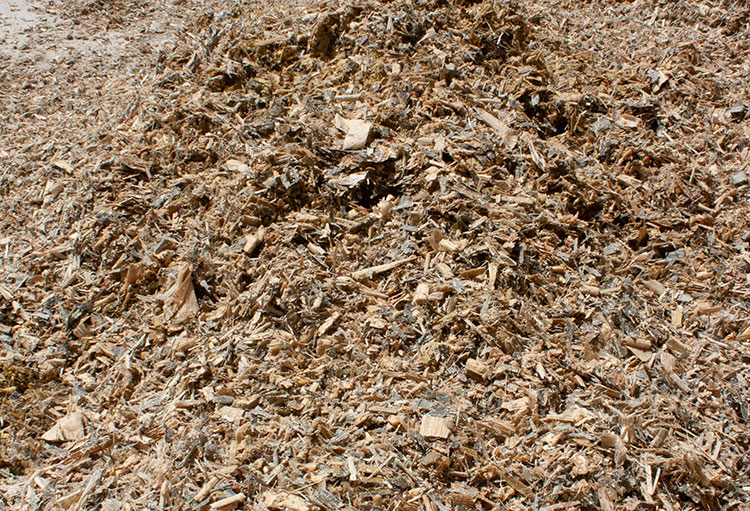
Since corn silage makes up a considerable amount of many dairy rations, interpreting its make up is one of the more critical tasks of a feeding team. Over the years, researchers have helped clarify and simplify how we compare corn silages and how to express what’s present in the silage. Yet, with all these improvements, farms still have feeds that sometimes behave differently than is expected.
“When milk per ton goes up, you don’t know if it’s associated with neutral detergent fiber (NDF) or starch,” Vita Plus’s Pat Hoffman explained at the company’s recent Dairy Summit. He emphasized the insight farms and their advisers could gain from understanding how these two, uncoupled from one another, contribute to total forage quality.
“Starch is not forage; starch tends to dilute out NDF in a sample of corn silage,” Hoffman explained. “We can figure out what the protein and fiber content of just the NDF fraction of silage by simply dividing out those parts that don’t contribute.”
Hoffman proposed added understanding of silage could be tied to calculating “true forage” NDF. The true forage Hoffman alludes to measures just the stalks and leaves while excluding the grain portion of the plant.
Hoffman went on to detail the implications of understanding this uncoupled evaluation. “It’s fairly economical to switch out starch. It’s cheaper to fix a starch problem than an NDF one. Comparatively, it’s expensive to amend a NDF digestibility problem.” A silage that lacks NDF digestibility requires farms to figure out how to live without it or pay to make up for it.
As you evaluate your corn silages going into this next feeding season, consider the contributions of both the starch portion and fiber portion of the plant.








